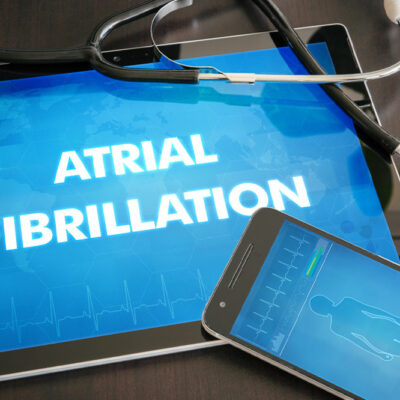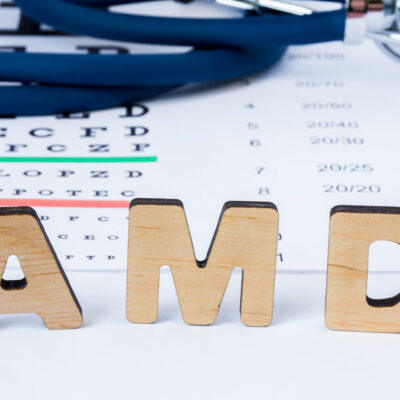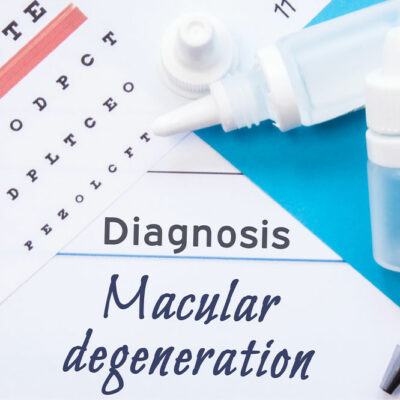Early warning signs of seizures one should know

A seizure is a medical condition wherein an individual experiences electrical disturbances in the brain, affecting their behavior and emotions. The condition is triggered by stress, lack of sleep, flashing lights, or underlying neurological conditions like epilepsy. A seizure may seem to strike out of nowhere, but several warning signs indicate it is coming. It’s essential to be aware of these to know the long-term remedies to ensure safety and well-being.
Symptoms of a seizure
Focal seizures
Focal seizures originate from abnormal electrical activity in a particular brain area, with or without a loss of consciousness. When consciousness is affected, it may feel as if the person is in a dream, although they are fully awake but unresponsive to their surroundings. They may exhibit repetitive movements or behaviors. In seizures without impaired awareness, emotions or sensory perceptions are altered, but one’s consciousness remains intact. Here are some emotions and signs that indicate a focal seizure:
- Suddenly depressed, ecstatic, or furious
- Indescribable nausea
- Inability to talk normally
- Numbness or tingling feeling
- Jerky movements of arms and legs
- Tingling feeling
- Feeling dizzy or seeing lights
Generally, seizure symptoms vary according to the type, and they can be mild or severe. Most commonly, some early warning signs of seizure include the following:
- Onset of feeling confused or lost
- Staring blankly at a place as if transfixed
- Intense anxiety
- Experiencing jerky movements of arms and legs that one feels unable to control
- Hallucinations where one can see, taste, smell, or even see visions of things that aren’t present
- Changes in heart rate and blood pressure
- Loss of control over the bladder or bowel movements
Surge of emotions
Those who experience seizures should be aware of any sudden and intense emotional surges, like anxiety or fear. One may also experience deja vu or feeling like one has already lived the moment.
Twitches
Another early sign of seizure is muscular twitching or jerking on one side, which may accompany a loss of sensation or strange feelings in the affected limb.
Change in taste
A symptom of a seizure can also include experiencing sudden changes in one’s taste, like acidic, bitter, salty, sweet, or metallic tastes.
Stages of a seizure
To understand the early symptoms, one should know the condition’s stages.
Prodrome stage
At this stage, the seizure has not fully manifested, and the symptoms begin much in advance – from 10 minutes to even a few days. In the prodrome stage, one may experience symptoms like confusion, anxiety, headache, irritability, or feeling unwell.
Aura stage
This is considered an advanced stage, also termed a simple focal or partial seizure. Here, the electric disturbances in the brain begin in one part and slowly spread to the other parts of the brain. In extreme cases, one may lose consciousness. Symptoms include intense anxiety, confusion, headache or nausea, déjà vu, hallucinations, etc.
Ictal and postictal stages
During a seizure, the active phase is referred to as the ictal phase, while the period directly following the seizure is known as the postictal period.
Can seizure attacks be predicted?
If one’s with someone showing signs of an impending seizure, such as shaking, altered breathing, or sudden confusion, one can assist them to ensure their safety. It’s best to familiarize oneself with the individual’s warning signs. Alternatively, here are a few common and immediate steps one can take.
Precautions to avoid seizures
There is no one common science-recommended way to control or avoid seizures. One can, however, take several steps to maintain health and minimize the risk of it.
- Record the symptoms, time, and trigger of the seizures. Monitoring can help track patterns and identify potential triggers.
- Have an action plan ready and communicate it to close ones so they know how to respond in case of a seizure.
- Keep the medical treatments and remedies ready at all times for immediate access during emergencies.
- Manage stress through relaxation techniques since it is one of the factors that trigger seizures.
- Maintain a consistent and healthy sleep schedule, such as waking up on time, sleeping early, avoiding caffeine before bedtime, reducing screen time, and using bedtime rituals as calming ways to promote relaxation.
- Eating wholesome and balanced meals and keeping the schedule consistent.
- Many people who have epilepsy, which is a condition marked mainly by seizures, are often photosensitive. So, one should avoid flashing lights and images, playing video games, or watching programs that have rapidly changing or flashing graphics.
Immediate steps to tackle seizure
Knowing what to do during and after a seizure is vital for safety, and there are some steps one can take to ensure safety.
- During the episode, one should cushion the head of the person experiencing early signs. This is because the seizure patient may experience sudden falls or uncontrollable movements and risk getting a head injury.
- It is important to create a safe environment by clearing the area of any objects that could cause injury.
- One should also loosen tight clothing, particularly around the neck.
- Then, it’s best to roll the patient over to one side so they do not choke if they have something in their mouth.
- It’s important to monitor the person experiencing a seizure and assist them so they do not cause harm to themselves.
- Calling a doctor immediately or following the seizure response plan per the doctor’s recommendation for the specified person is also crucial.
















